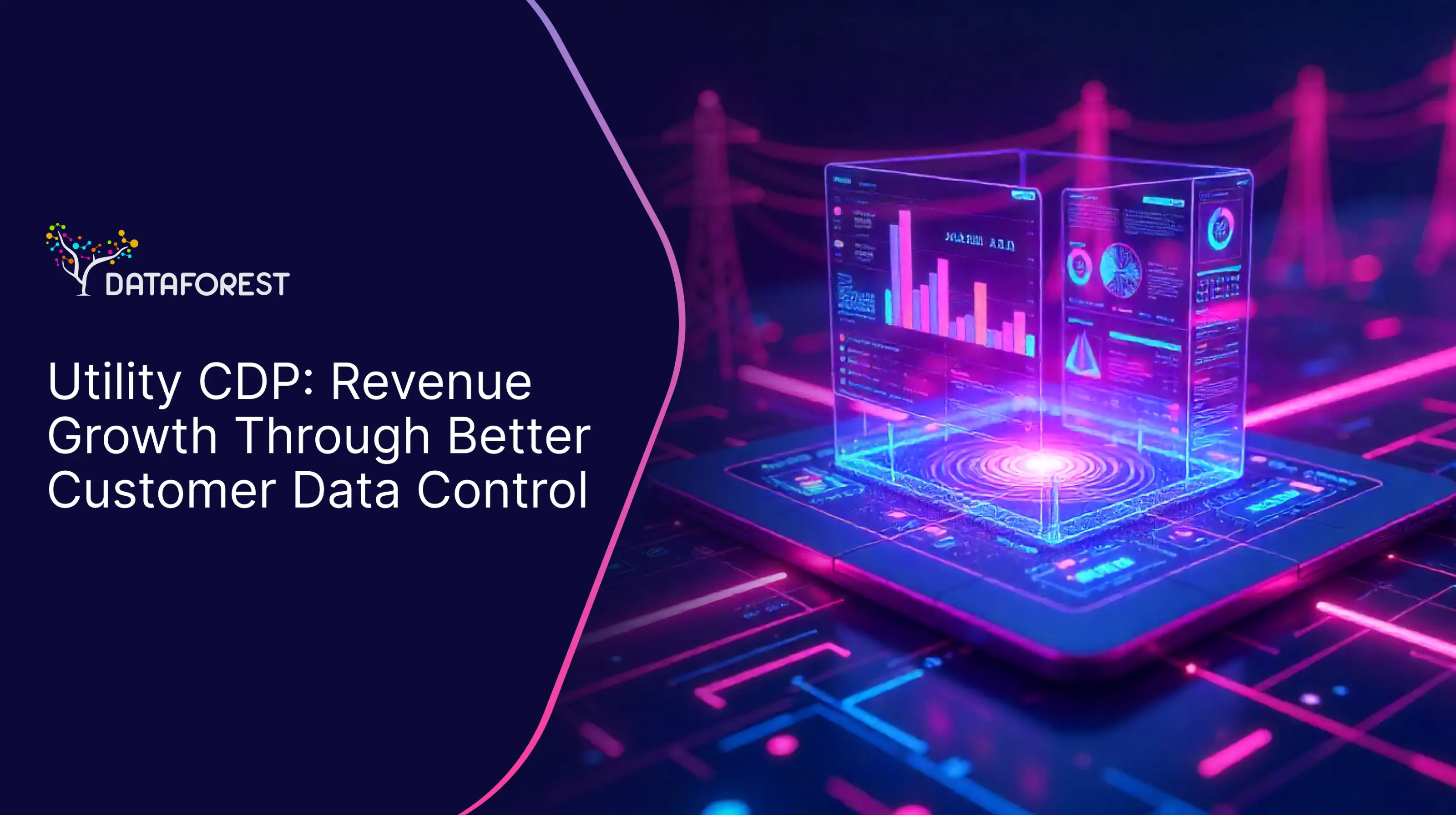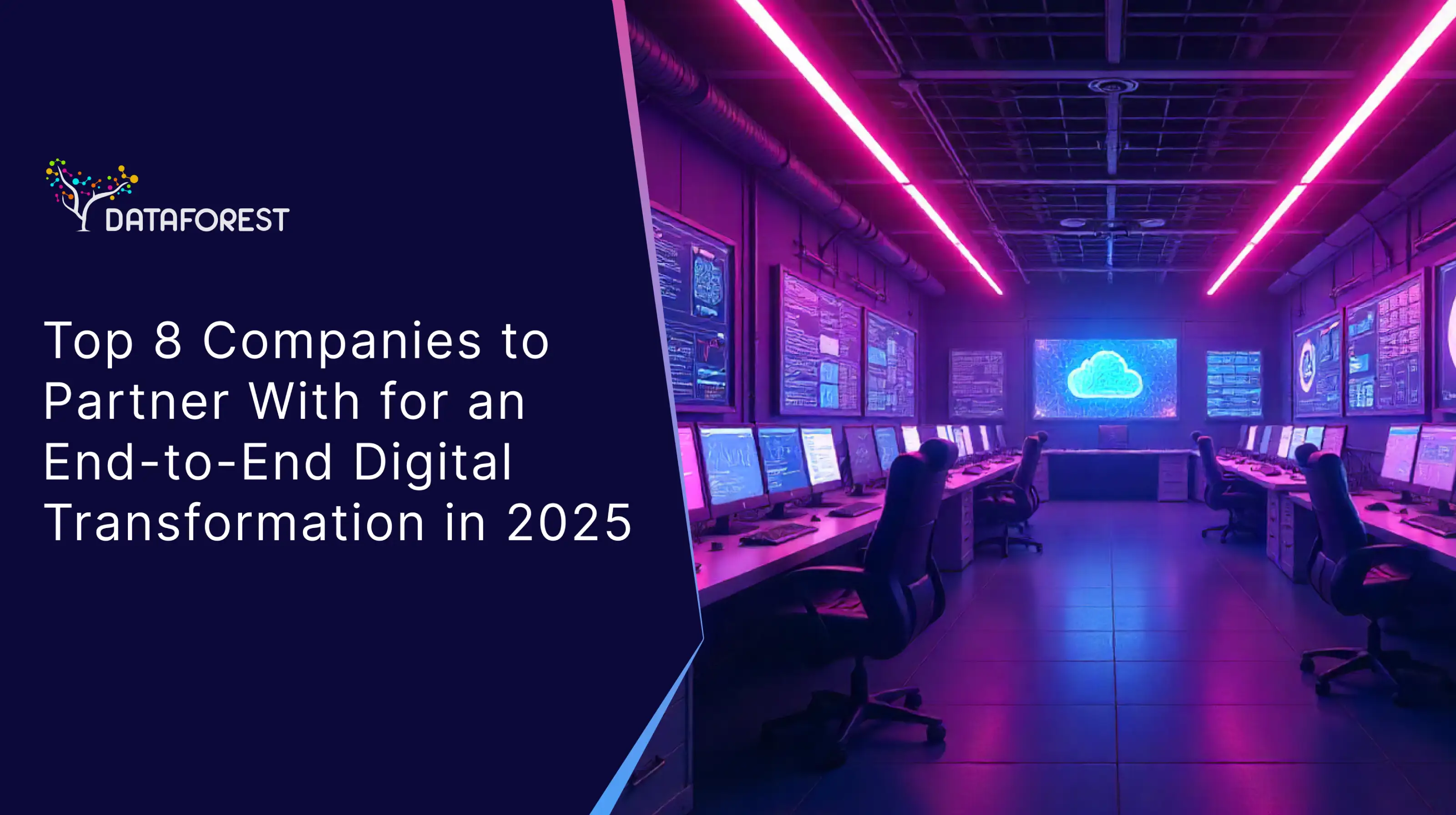A digitally transformed owner has real-time visibility into operations and can scale without proportionally increasing headaches. The non-transformed owner still fights fires daily, relies on gut feelings for big decisions, and hits growth walls because manual processes can't keep up. Book a call to stay ahead in technology.

How Do You Move Your Business Systems Without Breaking Everything?
Most digital transformation projects fail because owners try to change everything at once. Here's a step-by-step digital transformation strategy roadmap that lets you upgrade without losing control of your business.
Step 1: Know Where You Stand and Where You're Going
You can't fix what you don't understand. Start by mapping every business process that touches money, customers, or operations. Write down what's working and what's costing you sleep. Build a process map to document dependencies and flows. Set specific goals with deadlines and dollar amounts. Skip the vision statements. Focus on problems that hurt your bottom line today. This is the beginning of building a legacy system modernization roadmap that avoids costly errors. This step takes longer than you think, but rushing it kills projects.
Step 2: Find Your Mission-Critical Weak Points
Some systems can break without destroying your business. Others can't. Identify which systems talk to each other and what happens when they don't. Map the connections between your accounting, real-time inventory, customer data, and daily operations. Find the single points of failure that would shut you down. These are your highest-risk areas during any enterprise IT overhaul. The roadmap to digital transformation must document every dependency before you begin any changes.
Step 3: Design Your Technology Bridge
You need system interoperability, not just new features. Plan how new technology will connect with what you already have. Choose tools that can grow with your business, not just solve today's problems. Build redundancy for critical functions. This isn’t about picking the coolest software—it’s about a transitional architecture that creates a foundation you can scale. If you think legacy-to-cloud migration is your case, then arrange a call.
Step 4: Protect Your Data During the Move
You need system interoperability, not just new features. Plan how new technology will connect with what you already have. Choose tools that can grow with your business, not just solve today's problems. Build redundancy for critical functions. This isn’t about picking the coolest software—it’s about a transitional architecture that creates a foundation you can scale. If you think legacy-to-cloud migration is your case, then arrange a call.
Step 5: Keep the Old System Running While Testing the New
Never switch everything at once. Run both systems side by side until you're certain the new one works. Compare outputs daily to catch problems early. Train your team on the new system before you need it. Build user training and onboarding into the early stages. Have a clear rollback plan in place in case things go wrong. This phase costs more but ensures business process continuity. System integration planning and cautious, parallel deployment are key to transformation without chaos.
Step 6: Deploy Gradually and Watch Everything
Roll out changes to small parts of your business first. Monitor performance, user complaints, and system errors constantly. Fix problems immediately; don't wait for weekly meetings. Expand to larger areas only after proving stability. Keep detailed logs of what works and what doesn't. A well-paced digital transformation roadmap prevents speed from killing progress.
How Do You Move Critical Business Data Without Shutting Down Operations?
Most migration methods promise zero downtime, but they often deliver expensive surprises instead. Here is how the digital transformation roadmap addresses the challenge.
Pick Your Migration Strategy Based on Reality, Not Marketing
Live migrations keep systems running but cost more and take longer. Batch migrations are cheaper but require planned downtime windows. Hybrid approaches strike a balance but introduce additional complexity. Your choice depends on how much revenue you lose per hour of downtime versus how much extra budget you have for seamless transitions.
Select Tools That Handle Your Specific Data Problems
Generic migration tools are practical for simple databases but struggle with ERP upgrades and custom integrations. Cloud-native tools move faster but lock you into specific platforms. On-premise solutions give you control but require more technical expertise. Test any tool with a small subset of your real data before committing to enterprise licenses.
Balance Security Requirements Against Migration Speed
Encryption slows down transfers but protects sensitive customer data during transit. Compliance audits add weeks to timelines but prevent regulatory fines later. Access controls complicate the process but stop data breaches that destroy businesses. A data digital transformation roadmap must never sacrifice security for speed.
Why Do Most Teams Fight Digital Changes Instead of Embracing Them?
People resist what they don't understand or trust, and most change management approaches overlook this fundamental reality. But a stakeholder communication plan changes the game.
Get People Talking Before They Start Sabotaging
- Tell people what's changing and why before rumors start spreading through the break room
- Explain how their specific job will be different, not company-wide benefits, they don't care about
- Create regular check-ins where people can complain without getting fired for honesty
Build Skills Without Creating Panic
- Start training months before launch, not the week systems go live
- Focus on the three things each person needs to do their job, not everything the software modernization can do
- Give people time to practice without customers watching or deadlines looming
Leaders Need to Show Up, Not Just Send Emails
- Walk the floor and answer fundamental questions instead of delegating to HR
- Admit when you don't know something rather than making up confident-sounding answers
- Use the new systems yourself so you understand what you're asking people to do
Which Companies Pulled Off Digital Transformation Without Wrecking Everything?
Most case studies are marketing fiction written by consultants who never ran the projects. Here are three real-life stories of businesses that changed their core systems without disrupting operations.
Regional Bank Moved 500,000 Accounts Without Losing One Dollar
The Texas bank had a mainframe from 1987 that processed loans and deposits. They couldn't afford downtime because customers would switch banks immediately. They built a shadow system that mirrored every transaction for six months. When both systems showed identical results for 30 consecutive days, they flipped the switch on a Sunday night. The old system stayed online for another month as a backup. Total customer complaints: three people were unable to find their preferred screen layout. A textbook transformation benefits the capability case.
Manufacturing Plant Digitized Quality Control While Running Full Production
A car parts manufacturer needed to track defects in real time rather than relying on weekly reports. Their assembly line couldn't stop because automakers would cancel contracts. They installed sensors on one production line first, running parallel to manual inspections. After two months of matching data, they rolled sensors to the remaining lines. Workers continued to perform manual checks until the digital system identified problems that the old method had missed. Quality scores improved by 40% without missing a single shipment deadline. This stepwise approach has demonstrated the value of measuring digital transformation as a roadmap for the future, showing the value of transformation disruption done right.
Hospital Chain Switched Patient Records Without Risking Lives
Five hospitals shared patient data through fax machines and phone calls. Doctors needed instant access to records from any location. They migrated one department at a time, starting with billing, where mistakes didn't result in harm to people. Each department ran dual systems for a minimum of 60 days. Emergency rooms went last due to the biggest challenges around patient safety. The entire project took 18 months instead of the planned 8, but zero patient care was compromised. Patient care was never compromised, thanks to a digital transformation roadmap that prioritized critical workflows.
What Happens When You Keep Running Systems That Should Have Been Replaced Years Ago?
Waiting feels safer than changing, but outdated systems create bigger problems than transformation projects.
Every Month You Wait Makes the Problem More Expensive
Legacy systems tend to break down more frequently as they age. Finding people who can repair old technology becomes increasingly complex and more expensive. Only a digital transformation and a new roadmap for success prevent long-term damage. Your competitors gain ground while you're stuck maintaining what should be replaced. Here's what delays typically cost:
- Emergency repairs that could buy new systems
- Lost clients are expecting a better customer experience
- Staff time wasted on manual workarounds
- Compliance fines for outdated security
- Missed digital commerce opportunities because you can't move fast enough
Modern Systems Create Distance Between You and Competition
Updated technology handles more volume without breaking. Customers get faster service and fewer errors. You can make decisions based on real data instead of guessing. Your staff focuses on growth instead of problems. Companies that modernize first often dominate their markets for years to come. Defining a digital transformation roadmap today helps you dominate tomorrow.
Stop Fighting Your Systems While Competitors Pull Ahead
BCG affirms that digital health is shifting from pandemic-era telemedicine to AI-driven solutions that strengthen provider-patient relationships. The same is true in ERP system modernization, digital commerce, and industrial settings.
DATAFOREST offers digital transformation services that utilize AI to automate manual tasks, breaking down workflows and reclaiming your team's time. Real-time data analysis replaces guesswork with decisions based on what's happening right now. Your competitors aren't waiting. Neither should you.
Please complete the form to develop your digital transformation strategy roadmap.
FAQ
What is a digital transformation roadmap?
A digital transformation roadmap is your plan for changing business systems without destroying what currently works. It's the difference between upgrading intelligently and creating expensive disasters that take months to fix.
How can you ensure that changes won't negatively affect customer service quality?
Follow an agile digital transformation roadmap that includes parallel system runs and phased rollouts to ensure a smooth transition. Run new systems in parallel with old ones until customer metrics demonstrate that the legacy system upgrade is more effective. Test everything with your most patient customers first, not your biggest accounts, who may leave if you make a mistake.
What steps should be taken to minimize risks when transitioning from legacy systems to modern solutions?
The foundation lies in defining a digital transformation roadmap that maps every critical system and dependency before any changes occur. Keep the old system running until the new one can handle the real workload for at least 30 days without any issues.
How do you ensure data security and regulatory compliance during the migration process?
Security must be a cornerstone of your digital transformation roadmap. Encrypt all data during transfer and audit the process with your compliance team before commencing. Document every step so regulators can see you followed proper procedures when they inevitably ask questions. A data digital transformation roadmap without strong governance will result in risks that outweigh the benefits.
What problems can arise from poor change management during organizational IT transformation?
A digital transformation strategy roadmap fails when people resist what they don’t understand. Miscommunication leads to sabotage, burnout, and turnover. Key employees might leave, taking institutional knowledge with them. Transparency, hands-on leadership, and early involvement are essential for success.
How can businesses prepare employees for working with new systems without overwhelming them?
Build skills gradually, not reactively. As part of your roadmap for digital transformation, begin training months in advance. Focus on what each role needs, not every feature in the software. Allow time for practice before removing the old system.







.svg)
















